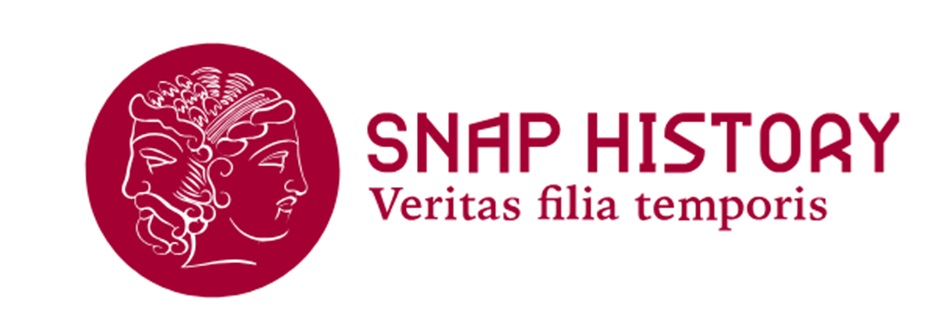The Edo Period in Japanese History
The Golden Age of Modern Japan

The Japan of the Edo period: an era of peace and isolation that saw culture, art and traditions flourish, from vivid ukiyo-e prints to refined kabuki theatre and haiku poetry - Image generated with AI
The Edo period, also known as the Tokugawa age, was an era of political stability, isolation and cultural prosperity for Japan. It began when Shogun Tokugawa leyasu established his rule over Japan after the Battle of Sekigahara, ushering in a long period of peace and cultural prosperity. Unlike the violent previous centuries, the Edo era witnessed a centralisation of power in the hands of the Shogun who established his capital in Edo (known today as Tokyo). In order to maintain control of the old feudal lords, the Shogun forced the daimyo (feudal lords) to compulsorily reside in Edo using their families as hostages to ensure their loyalty. In addition to centralisation, the Tokugawa Shoguns also promoted the construction of new roads such as the famous Tokaido that ran along the east coast of Japan from Kyoto to Edo. One of the distinguishing features of this era was the concept of ‘Sakoku’ a policy of isolation from the rest of the world that allowed only a very few foreign merchants access to Japanese territory, mainly at the port of Nagasaki. Japan feared the destabilising power of foreign influence, religions and cultures and opted for almost total autarchy.
This period became famous for the emergence of new cultural movements, ideas and artistic vivacity. These years saw the birth of kabuki theatre characterised by refined sets and costumes as well as bunraku puppet theatre, haiku poetry developed by the poet Matsuo Basho sought to capture the beauty of nature in a few concise lines, and ukiyo prints depicting scenes of natural landscapes became highly prized works of art. The famous artist Hokusai painted his famous Great Wave of Kanagawa in 1830 at the height of the flowering of the ukiyo style.
The Edo period officially ended after the arrival of the American Admiral Matthew Perry in 1853 who, by imposing the signing of unequal treaties with Japan through military coercion, put an end to the period of isolation and led the country down the path of the modern world.
Hall, John Whitney, ed. The Cambridge History of Japan: Early Modern Japan, Volume 4. Cambridge: Cambridge University Press, 1991.
Jansen, Marius B. The Making of Modern Japan. Cambridge, MA: Harvard University Press, 2000.
Britannica, T. Editors of Encyclopaedia. "Edo culture." Encyclopedia Britannica, March 28, 2016.
2025-04-17
Francesco Toniatti
